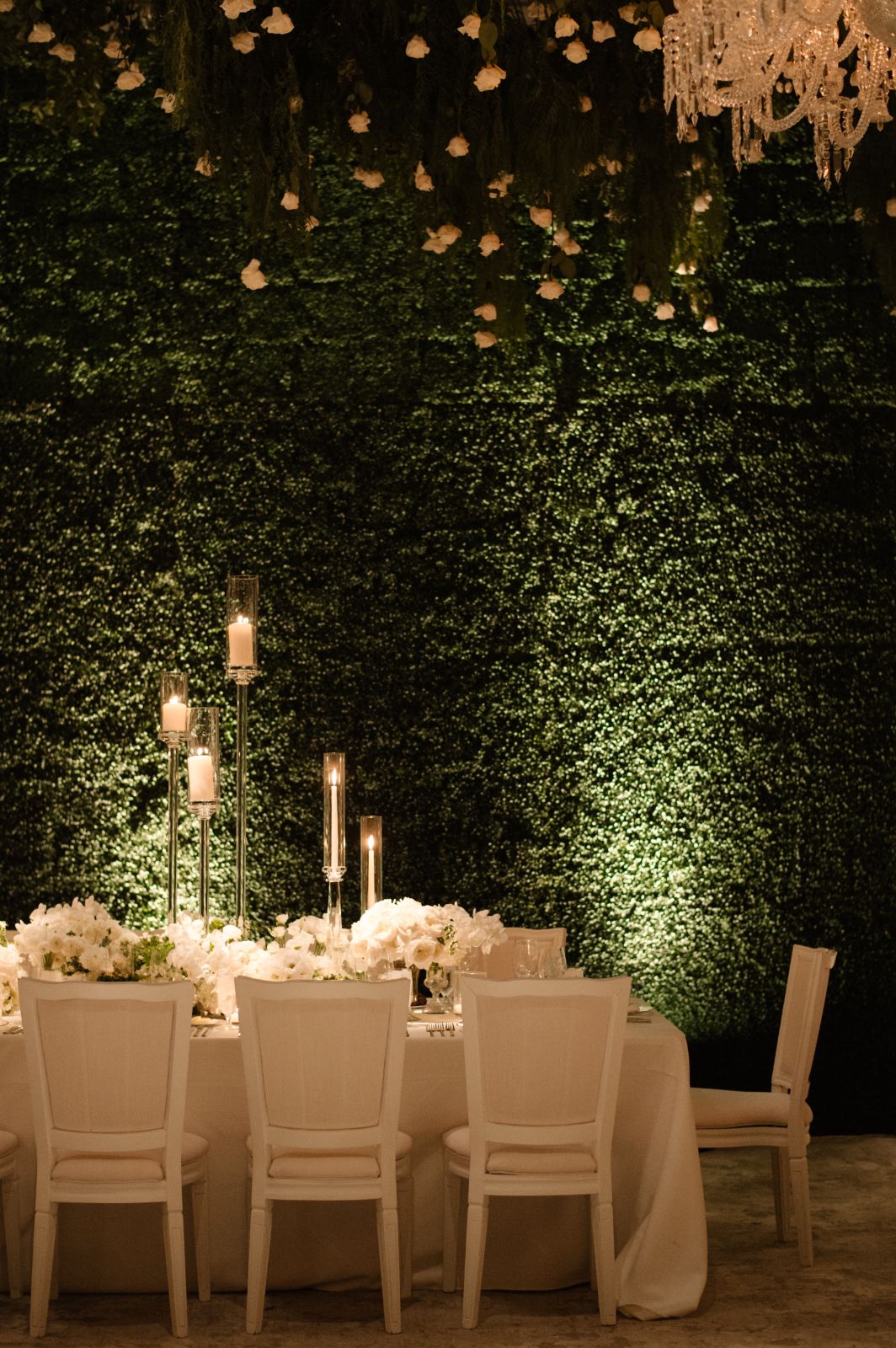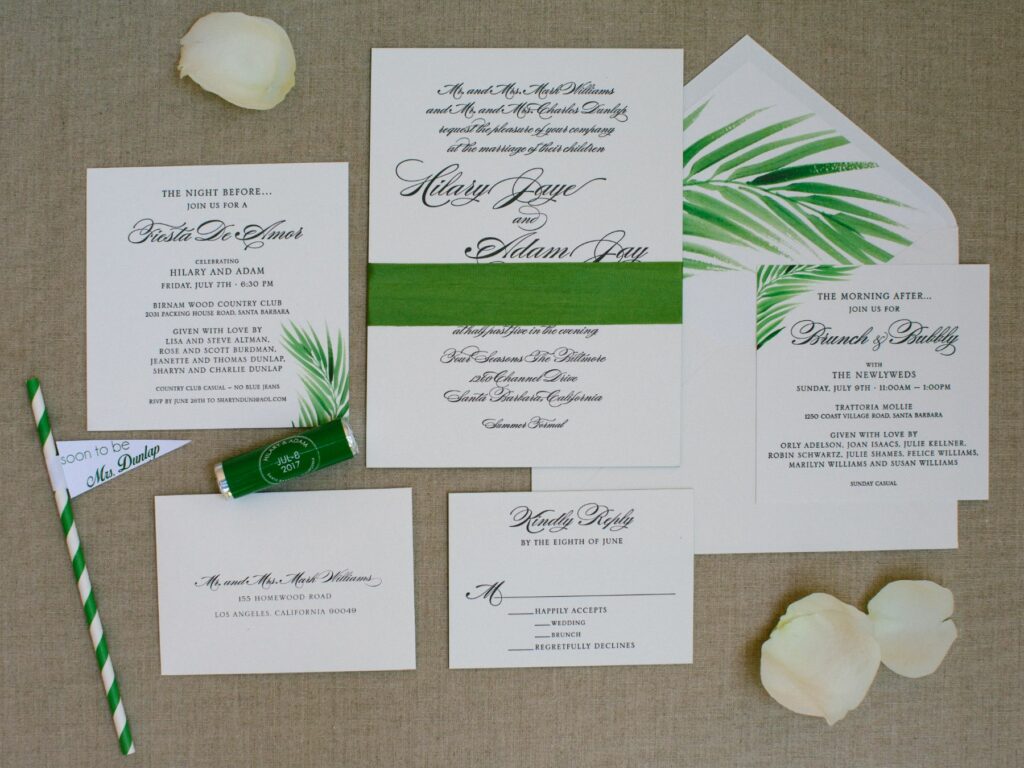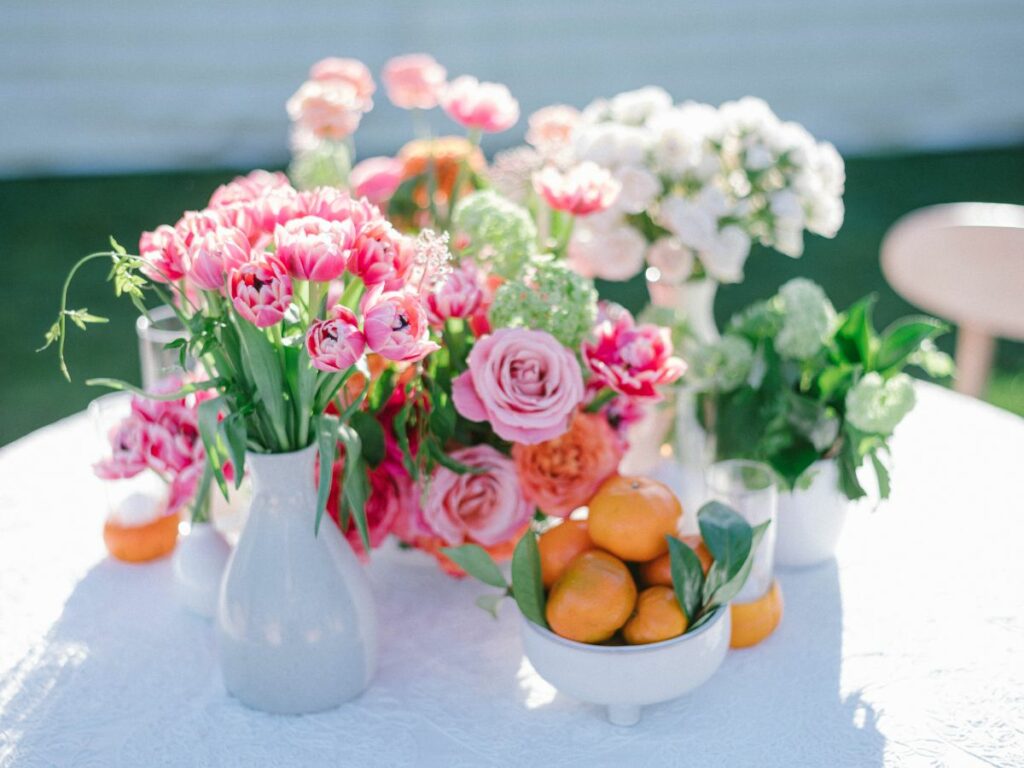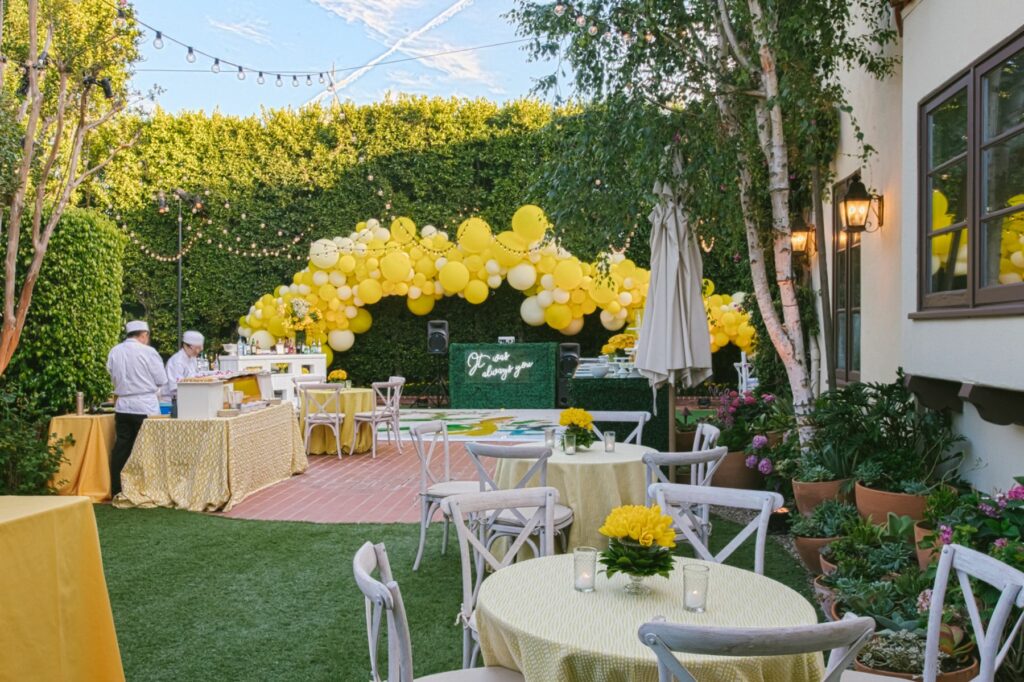
Wedding season is here again and this year, more couples than ever will be tying the knot. In fact, according to The Wedding Report, there are likely to be around 2.5 million weddings this year, a number not seen in four decades. But along with the increased demand for wedding-related goods and services driving prices up, rising inflation rates, supply chain issues, and labor shortages are all leading to significant cost increases for couples. Quite simply, the same wedding will cost you more than it would have a few years ago. But which factors have caused this price rise, and what can you do to keep your budget in check? Read on to find out how inflation is likely to affect your wedding in 2022 and beyond.
For couples finalizing their wedding plans right now, there’s no doubt that price surges are real. The average couple spent $27,063 on their wedding in 2021, up from $20,286 in 2020. Weddings held during the pandemic were often pared back. However, that’s still a significant increase on the 2019 average of $24,700. This year’s average is projected to be even higher. This is due to a number of factors.
Inflation. As of March 2022, the annual inflation rate in the US was 8.5%. The largest contributors being gasoline, shelter, and food. Inevitably, this inflation in the cost of materials, raw goods, and transport has a knock-on effect on vendors’ pricing. For example, the price of ingredients has hit wedding catering and cakes. The soaring price of flowers has also made wedding florals much more expensive. Some florists are now including flower price changes in their contracts so that if a specific bloom increases in price, the client agrees to substitute it for a lower-priced alternative or pay the difference. Even service providers like wedding planners are having to factor in rising costs for transport, staffing, and accommodation.
Supply chain problems. A little while ago I wrote about how the trucking industry was affecting weddings and these disruptions in the supply chain have continued to have an impact. Ports are also seeing huge congestion, which has affected shipments of everything from wedding dresses and fabrics to vases and other décor items.
Staffing shortages. The pandemic shook up the workforce and it’s still a shifting picture. Many wedding vendors such as planners, boutiques, caterers and event production companies lost key employees who took jobs elsewhere. Expect to see this filter down to increased costs for venues, catering, and entertainment, for example.
Price adjustments. According to a study by Zola, more than 40% of wedding vendors estimate that their financial loss in 2020 was between $10,000 and $50,000. Of those surveyed, 15% reported a financial loss of over $100,000. For vendors like hair and makeup artists, photographers, and videographers, cancellations play havoc with their ability to keep their business running. As a result, many have had to increase their prices, although most vendors are doing the best they can to keep them as low as possible.
So what does this mean for you? The reality is that you should be prepared to spend more for weddings in the next year. For most couples, the choice is then between compromising some of what they want or the number of guests, or increasing the budget to cover the difference. Couples will need to be creative and flexible, and to have a clear sense of their priorities as they go through the planning process.
Of course, the most important advice I can give you is to talk to your wedding planner and other vendors. They will often be able to suggest other options to a specific design or detail. They can also advise where you can make cuts without compromising the overall experience for your guests. It’s all about working together to create a wedding you love – and can afford!
xoxo,
Mindy
Image by Norman and Blake Photography



